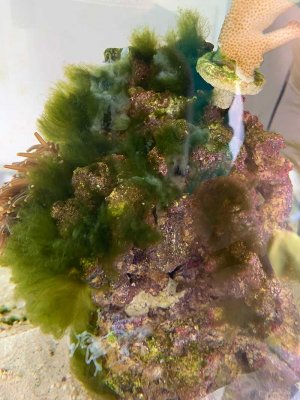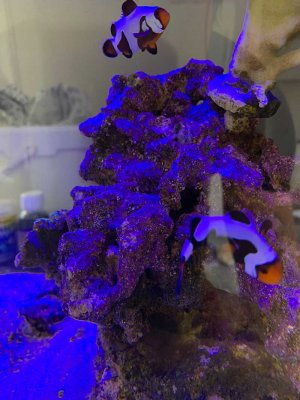- Joined
- May 16, 2017
- Messages
- 1,178
- Reaction score
- 1,050
Yes it fits that exact description of Dinos plus the added fact that every invert that goes is the tank is dead in days. Fish no problem but they wont graze it. My plan is similar to that Im going to raise nutrients. I dosed a ton of nitrate and phosphate over the last 2 days already yes the hair algae doubled in size and I am still undetectable but I am going to keep going higher and higher until the hair algae is saturated. It really doesnt hurt anything anways but I did see a bit of cyano come in. Which I believe is promising cyano may actually be able to kill dinos or at the very least they seem to rarely coexist.
tagged to follow.... good luck @spidercrab !




















